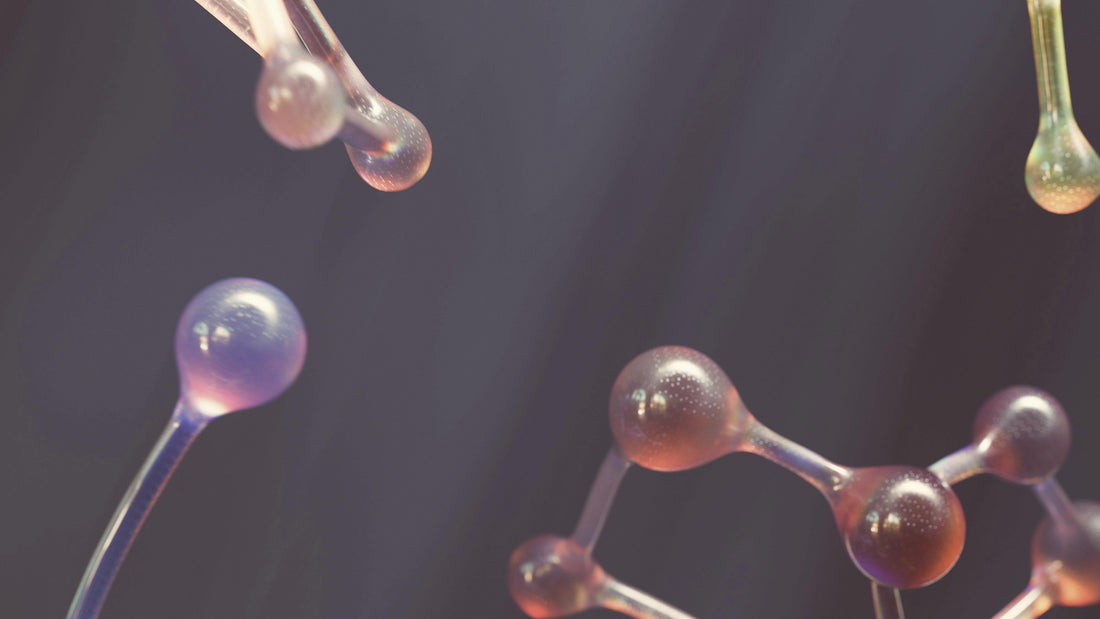
NMN vs NR: What’s the Difference and Which One Should You Take?
Share
NAD+ (nicotinamide adenine dinucleotide) is an essential coenzyme that helps to power our cellular metabolism. It supports DNA repair and may play a key role in healthy aging. As we age NAD+ levels have been shown to decline, which is where precursors like NMN (Nicotinamide Mononucleotide) and NR (Nicotinamide Riboside) come in.
Both NMN and NR are effective at boosting NAD+ levels, and there is plenty of research backing their safety in humans [1]. NMN, however, has gained significant attention in recent years — especially after being featured in seminal aging studies by Dr. David Sinclair at Harvard Medical School [2].
From a biological standpoint NMN is just one step away from NAD+ in the salvage metabolic pathway, one of several routes for the biosynthesis of NAD+. NR must first be converted into NMN before it becomes NAD+, which means NMN may be a more direct and efficient precursor, particularly in tissues that lack the enzyme to convert NR [3].
In an n=1 experiment on himself, entrepreneur Bryan Johnson tested both molecules and found that they both elevated levels of NAD+ after several weeks usage, supporting their relative equivalence [4].
Both NMN and NR have been studied for their impact on various health conditions[5].
Some suggest the slightly larger NMN molecule, a phosphorylated version of NR, will have more difficulty passing through the gut cells barrier. However, the recent discovery of NMN specific transporters in mice suggest there may be similar mechanisms in humans.
Ultimately, both are excellent choices, but if you're seeking a molecule with a direct route to NAD+, a strong research pedigree, and robust bioavailability, NMN is our pick.
At ānjīn, our NMN capsules use Delayed Release Technology for optimal bioavailability and are formulated with only high-quality NMN, so your body gets what it needs, when it needs it.
References
[1] Trammell et al., Cell Metabolism, 2016
[2] Mills et al., Cell, 2016; Sinclair, Lifespan, 2019
[3] Yoshino et al., Nature Reviews Molecular Cell Biology, 2018
[4] Bryan Johnson, Blueprint.bio (2024)
[5] Alegre et al., Curr Nut Rep, 2023
